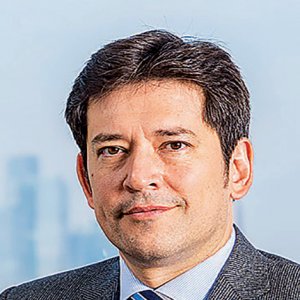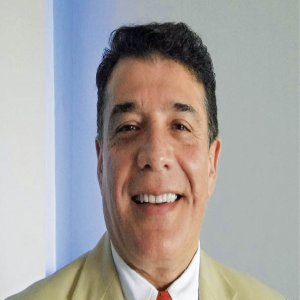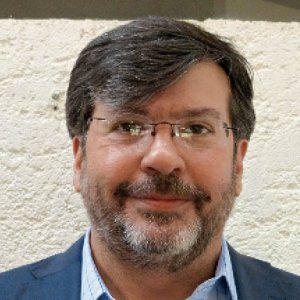Local Standards Needed in Green Markets

Q: What benefits can Mexico gain from concentrating more efforts on the proliferation of green buildings?
A: The increasing prevalence of green buildings in Mexico is amazing and it can be attributed to the fact that developers are now aware of the benefits these buildings provide. LEED is the most important certification in Mexico at the moment. However, SUMe is working with SEMARNAT in creating a national certification for green buildings. The first step consists of creating standards and norms to outline the rules for buildings in general, the purpose of which is to foster a new culture around green buildings. After all, certifications are not as expensive as people believe; they raise the original investment by 8-12%, but it is possible to recover this amount within two to five years. It is relatively easy to certify a building in Mexico, it is not overly expensive, and green buildings will lead to green urbanisms, making cities embrace sustainability.
Q: What steps must be taken in order to create local standards suited to the Mexican green building market?
A: SEMARNAT is coordinating the government’s efforts in the creation of the certification, and SUMe is overseeing the private sector’s participation. The intention is for this certification to come from the private sector exclusively, not the government, although local standards will be used. Standards in Mexico are very different from international ones, which are not always validated by the government. We need to start modifying regulations and creating new local standards. After all, Mexico has an appetite for sustainability. We are pushing change slowly because we cannot implement international certifications at the beginning of a construction, since most contractors and developers have not yet adopted the culture and practices for green buildings.
Q: How helpful have norms such as Edificación Sustentable been in encouraging the development of green buildings?
A: We need to create so many norms because in Mexico the construction market has a very regional nature in terms of state and municipal codes. I would say Mexico City is the most advanced in this area; the rest of the states either copy Mexico City’s codes or comply with them. We want SEMARNAT to set a single standard for all Mexican localities. It is important to deliver new standards or modify old ones to create these new minimum requirements, and then create the baseline for the certification. These would be NMX, thus they would be voluntary. Some of these standards will be NOM for government buildings, because if the federal government is asked to comply with these standards, then we can transform an NMX into an NOM.
Q: What changes in the sustainable construction market do you expect to see, taking into consideration that there are so many industrial hubs?
A: We are working with these hubs and industrial parks. These are growing in an amazing way in regions such as Bajio, Monterrey, and State of Mexico. We are trying to change the way they use the land, as they tend to abandon their facilities, altering the landscape. We want to provide new processes for manufacturers or industries to make all the facilities sustainable and efficient. In terms of best practices, I would love to see some drastic changes in the excavation and demolition stages of constructions in Mexico. The way we deal with residual materials is terrible. The cultural shift, however, can be seen in manufacturers who are changing the way they manufacture their products in order to make them sustainable, regional, or are making them from recycled materials.
Q: SUMe has become an emergent council for the World Green Building Council. How would you describe the process of becoming part of this emergent council?
A: SUMe worked for a year and a half on some programs and processes to deliver all the required material to the WGBC to achieve emergent council status, finally achieving the certification in March 2014. We are creating a network with councils from the US, Colombia, Canada, Argentina, and Brazil in order to provide the best practices within Latin American culture. Due to the prevalence of global companies in Mexico, we are adapting standards, codes, and practices from all over the world, so that it becomes easier to provide sustainable solutions with standards similar to those found elsewhere. Our ambition is to continue working with USGBC, which is the designer of LEED, so that we can deliver the new Mexican certification guide, which we expect to be ready in 2018.



















